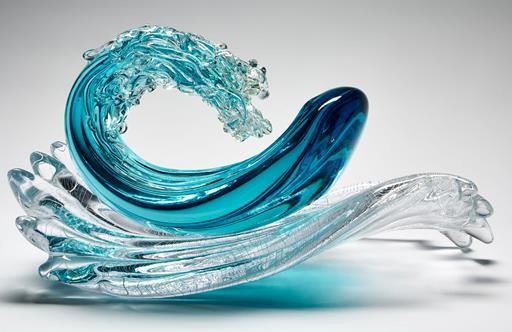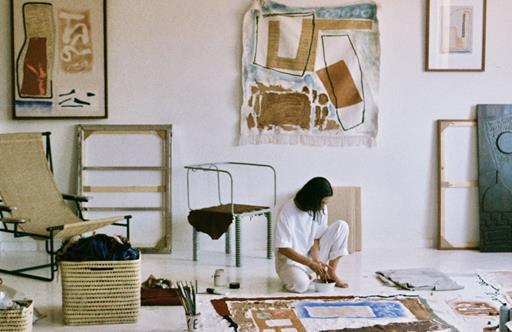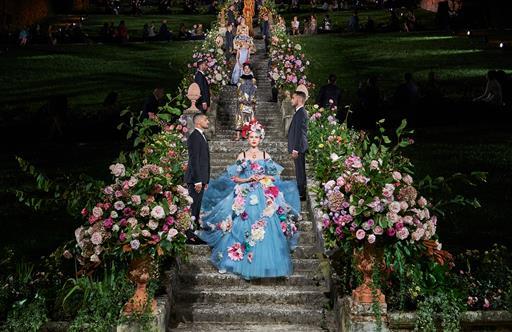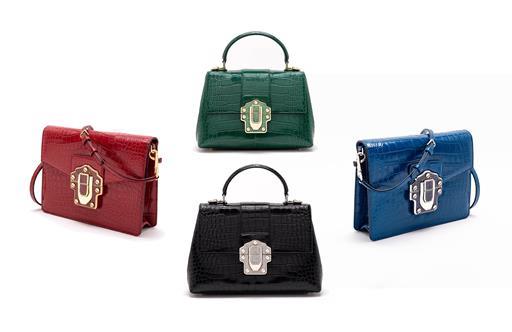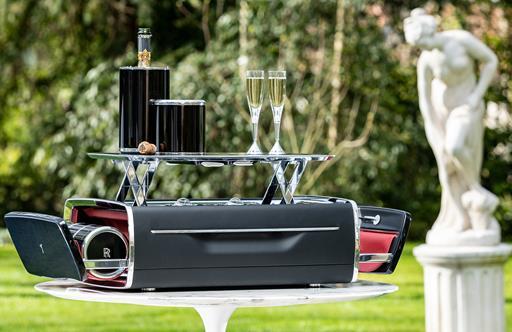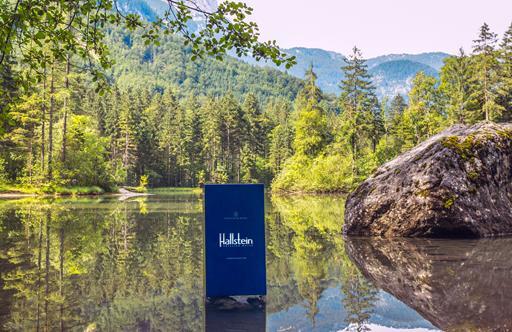The Meaning in the Margins
Along the placid shores of Hangzhou’s mirror-like West Lake and its surrounds, JR Patterson finds serenity, levity and a glimpse into old China’s ethereal soul.
I was halfway through my calligraphy transcription – “There is no obstacle, there is no fear, stay away from the dream of the past …” – when Mrs Yang, with a kind of proletarian glee, began to sing to the tune of “Frère Jacques”:
Always working, always working
Never stop, never stop
Running running running,
Running running running,
Take a nap, take a nap.
Granted, this was perhaps how Mrs Yang herself felt. She was working, having taken me under her wing during my stay at the Hanyu Garden Reserve Suzhou. But this wasn’t work for me, just part of a search for a little peace and quiet in China. I had only 10 days in the country (the maximum allowance under a new visa-free travel scheme), and I wanted to spend them as far away from any preconceived notions of urban hullaballoo or running, running, running as possible. Rather, I was after a serene way to pass my xún, the Chinese word for a ten-day week.
I put down my ink pen. Across the room, S – my travelling companion – was pressing a woodblock onto a sheet of red paper, which she lifted to reveal a curving, golden snake. “A masterpiece,” Mrs Yang said, as she did after everything we did, with just enough soft kindness to make me wonder how bad we were at everything: the hand-threaded bracelet, the wobbly block prints, the incense-carving disaster – each one a masterpiece. Music haunted the room, a plaintive plucking of strings that was, to my ears, entirely free from melody, joined by the sounds of falling water from beyond the window, where a pond lay, studded with outcrops of porous rock and fringed by talon-hipped pavilions. It was a vision of Song-dynasty China. Then Mrs Yang looked over my shoulder at my calligraphy and smiled behind her thick glasses. “Another masterpiece,” she whispered in my ear.

The Hanyu Garden Reserve sits on the outskirts of the city of Suzhou, its grand villas leading out to manicured gardens of bonsai and hydrangea and the unruffled shoreline of Lake Taihu, whose colour screams “Look but don’t touch”. The hotel’s great hall is like a museum, full of jade carvings, vast tapestries and wooden intaglio carvings that resembled the varnished-looking lumps of meat one saw being sold from roadside food carts. And there were incredible scroll paintings, long curls of parchment on which inscrutable figures moved across a vast alloy of air and light. Outside, it was exactly like that, the sky and the lake sublimated into one pale colour, and it made me want to get deeper into some arcane countryside.
Whatever the weather, my private sun was out, shining on this journey in China. Spring was everywhere: in the pink cherry blossoms, in the warm, sultry weather, and on our plates – I have never been anywhere that eats so seasonally, although I took it on faith that the stewed dendrobium and fish maw, the braised Qiantangjiang eel and the fried water celery, were concurrent with the ubiquitous “spring menu” found in every restaurant. Over lunch one day, Mrs Yang, who was humming “Twinkle, Twinkle, Little Star” between bites of pufferfish, caught me scribbling in my notebook and said, “Your journey will be a masterpiece.”
Perhaps artist success really does depend upon hardship. From Suzhou, we travelled south, to the Fuchun Mountains, where the Yuan-dynasty artist Huang Gongwang (1269–1354) had retreated for a secluded life of forest walks and quiet contemplation. He’d also spent three years painting his magnum opus, Dwelling in the Fuchun Mountains, a scroll of delicate shadow and light and a work of profound and inexplicable depth. And here we were, on the precipice of his refuge, described on the guide map as “A Small and Beautiful Place”. Yet, the ingress to the path was a mess of mud and construction, chewed by excavators and clogged with barriers. I felt a lump in my stomach. At the ticket office, two engineers merely slurped their noodles when I told them we had travelled a long way to be there. When I asked what they were doing, they only giggled, and I heard them laughing still after we left.

On Baidu Maps, I clicked on “nearby attractions”. We were near Hangzhou, city of about 11 million and capital of Zhejiang province, and one terminus of the Grand Canal (the other is Beijing, 1,770 kilometres to the north). Hangzhou had a litany of green places: the ovaloid shore of West Lake was wreathed with a bouquet of beguiling locations: Breeze-ruffled Lotus, Orioles Singing in the Willows, Twin Peaks Piercing the Clouds, Three Pools Mirroring the Moon. We made several circuits of the lake, and even stayed on its shores, at Qiushui Villa, an opulent manse that overlooked Gushan Island and the serrated thumb of the Leifeng Pagoda. I wondered how familiar this would have been to the world’s most famous traveller, Marco Polo, who passed through sometime in the late 13th century when Hangzhou was the capital and thought to be the largest city on Earth. His statue, on the banks of West Lake, is inscribed with his description of Hangzhou as “the most beautiful and splendid city in the world”.
We also spent a few days within Hangzhou’s Xixi Wetland Park, once an area of fishing and silkworm farming, and now a protected intercity labyrinth of water. The government relocated the last residents only in 2004, their villages then touched up in the particular Chinese way of restoring backwards, leaving the huts and shacks looking hundreds of years older than they ever were. In stark contrast to this was the Muh Shoou XiXi Hotel, a modish complex of steel and glass, with an excellent restaurant that sources ingredients, like the lotus root, bamboo shoots, fish and shellfish, from the surrounding swamps. From that base, we spent a few days walking the park, partaking in the opera and having evening cocktails overlooking an egret-filled bayou.
Flanking Hangzhou, in the Wulin Mountains, is the Chan Buddhist Lingyin Temple. Inspired by its name in translation, “Monastery of the Soul’s Retreat”, it is an orgiastic display of statues, shrines and stupas. Rock-carvers had turned the surrounding grottos into an open-air temple. Hundreds of Buddhas were etched into cliff faces and cave walls, their outstretched hands and rounded bellies blackened by the touch of passing worshippers, who moved like a babbling river.

To rise above this flow, we set upon the adjacent Feilai Peak, a difficult hike in the close, humid air. A soundtrack of ambient whistling flutes and twanging strings followed us up the mountain, piped from speakers hidden in the trees. It was a dark, crepuscular wood, with countless shreds of red ribbon and cloth, and little bells tied to branches and vines; the talismans of people’s dreams and wishes. After an hour, S announced she was tired, and we paused at a small pavilion. “What’s this?” she asked. The nearby plaque was in Mandarin, and I ventured something about it being a tomb. “Died climbing all these stairs, no doubt,” S said. We continued on until a fence inexplicably blocked the path. S was incredulous. “We climbed 5,000 steps for nothing?” I tried to channel some of Huang Gongwang’s forbearance and said, “Perhaps the steps were the point.” But I, too, was relieved to descend, to have an ice-cream cone and a cold Tsingtao beer.
Every day in China felt like a temporal flux, half past, half future: high-rise gloss beside ancient temples; superhighways like the veins of an iron heart and hand-pulled carts on the mountain paths. It was groups practising collective exercise to techno music on the shore of West Lake, and women in Song-dynasty costumes posed coquettishly at every romantic bridge and moon gate (the getups could be rented for 299 yuan (£30), including make-up and hairstyling). All monetary transactions were digital, completed through QR codes and apps; in 10 days, I never saw a single coin or a paper note, and the ancient wooden door of the Qiushui Villa was operated by facial recognition.
Seeking a little more of the past, we went into the countryside (best and easily done by booking a taxi through the DiDi app), a land cross-hatched with hundreds of canals and dotted with touristic “ancient villages”, each one like a sinonised Venice. Between the water courses, an archaic agriculture ensued, with rattletrap tractors and men and women bent at the waist, flinging mattocks in vegetable fields squared off by bamboo fencing. We avoided the more popular water towns of Wuzhen, Zhouzhuang and Xitang, and thus, in Xiaohe, Nanxun and Lili, each one quieter than the last, we found our peace: empty walkways festooned with hanging oblong lamps, with willow boughs gracing the opaque canals on which boatmen propelled flat-bottomed skiffs via gymnastic thrusts of a single rear oar.

At last, we left the Su-Hang plain for the Shanghai suburb of Minghai, where a village transported wholesale from rural Fujian province has been rebuilt as the Amanyangyun hotel. These great, hip-roofed villas were up to 700 years old but imbued with the most luxurious modernities: heated swimming pools, gas fireplaces and singing toilets. Still, it is a place far from modern sentiment, finding equilibrium among the 1,000-year-old camphor trees, the tame deer that stalk the gardens, and in the temple of learning, the Nan Shufang, which smelled like grilled yams, and music lessons on the seven-stringed guqin. The hullaballoo of urban China felt very far away indeed.
At Amanyangyun, our journey ended as it had started, in a calligraphy class, bent over a table with an ink brush hovering over a silk paper. It was like being five years old again, learning to write my name in a wobbling hand. Professor Liu stood over me as I slashed and swooped the page with black marks. “Have you done this before?” he asked, then corrected my grip on the brush. “Like this,” he said. “Like this, and this.” I tried again and earned a sombre smile. It was, I understood, not a masterpiece. No matter; outside, the sun was shining, the only sound came from someone dipping a gourd into the well to water a camphor tree. It was, without question, a small and beautiful place.








